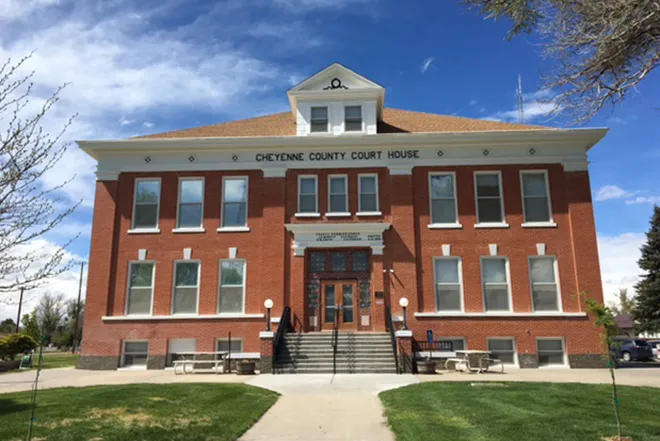
Late winter or early spring the best time to prune trees
Colorado State Forest Service is reminding residents that late winter or early spring is the best time to prune most trees. Trees are still dormant at this time of year and, unlike in early winter, wound closure will happen sooner if pruning occurs just prior to the time new growth emerges. Once leaf and flower buds start to expand, pruning should wait until the leaves are fully extended.
“Pruning trees during the late dormant season maximizes growth and allows the tree owner to spot problem areas and build strong structure for the long term,” said Kamie Long, supervisory forester for the CSFS. Long noted that although some elm, maple, birch and walnut trees may visibly exude sap if pruned in the late winter or early spring, this should not harm the tree. If this is a concern, pruning can be done in the summer to avoid sap flow, especially with maple trees.
The CSFS offers the following tree pruning tips:
- Know what you want to accomplish before you start pruning. Don’t remove any living branches without a good reason or specific objectives in mind, such as removing crossing/rubbing branches, lifting for height clearance, creating good structure, etc.
- Remove any torn, dead or broken branches (this can be done any time of the year).
- For shade trees, develop or maintain one dominant vertical top stem, or leader, and don’t cut off the tops of trees. If the height of the tree is a concern, there are other methods to reduce tree height, or consider replacing the tree with a shorter species.
- Create adequate spacing of the main branches along the trunk, and prevent branches below the permanent canopy from growing upright or getting too large.
- Always prune just outside the branch collar, the point where one branch attaches to a larger one (or the trunk), often discerned by raised or wrinkled bark.
- Limit pruning of newly planted trees to the removal of dead, damaged or crossing limbs, or those interfering with the main stem, until the tree becomes established in the landscape.
- Avoid removing too many of a tree’s branches in any one year, which puts undue stress on the tree. The amount depends on how much growth the tree has produced in the previous years.
- Consider recycling pruned limbs by having them ground into mulch.
If a job requires running a chainsaw over your head or removing large branches or entire trees, Long said it is best to contact an insured, ISA Certified Arborist. A list of these professionals can be found at www.isa-arbor.com.
For more information about urban tree care, go to csfs.colostate.edu

















